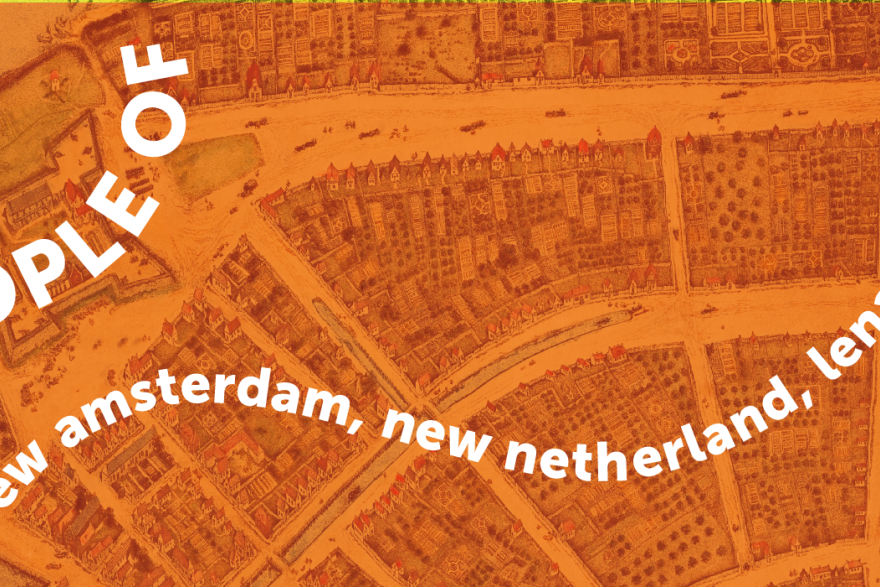People of New Amsterdam

New York City is built on the legacies of the people who have lived, worked, and traded in this region for thousands of years. The profiles below showcase individuals from the Dutch New Amsterdam period. some of whom are featured in the Museum of the City of New York's exhibition New York at Its Core. Their stories provide insights into the histories of trade, politics, slavery, gender roles, and ecology in the region. Accompanying insights from scholars provide additional context for the forces shaping the lives of these individuals and address the legacies of the colonial period for today.
The Lenape of the 17th century lived where their predecessors had for at least 6,000 years, and the region known today as Lenapehoking was a complex landscape of trade, politics, and resource management. In 1609, English explorer Henry Hudson, working for a Dutch company, sailed into New York Bay and found the homeland of the Lenape. Recognizing the natural resources of the area, a land rich with furs, fish, and plants, he immediately laid claim to the Lenape territory for his employers. In 1624 a new firm, the Dutch West India Company, sent European traders and settlers to cash in on the colony’s potential by trading with the Lenape and other Indigenous nations. By 1628, 270 European colonists and enslaved Africans brought over by the West India Company had built the town of New Amsterdam at the southern tip of Manhattan as the capital of the colony of New Netherland. By 1664, the village of New Amsterdam was a settlement of 1,500 people who reportedly spoke 18 languages, making it one of the world’s most diverse places.













